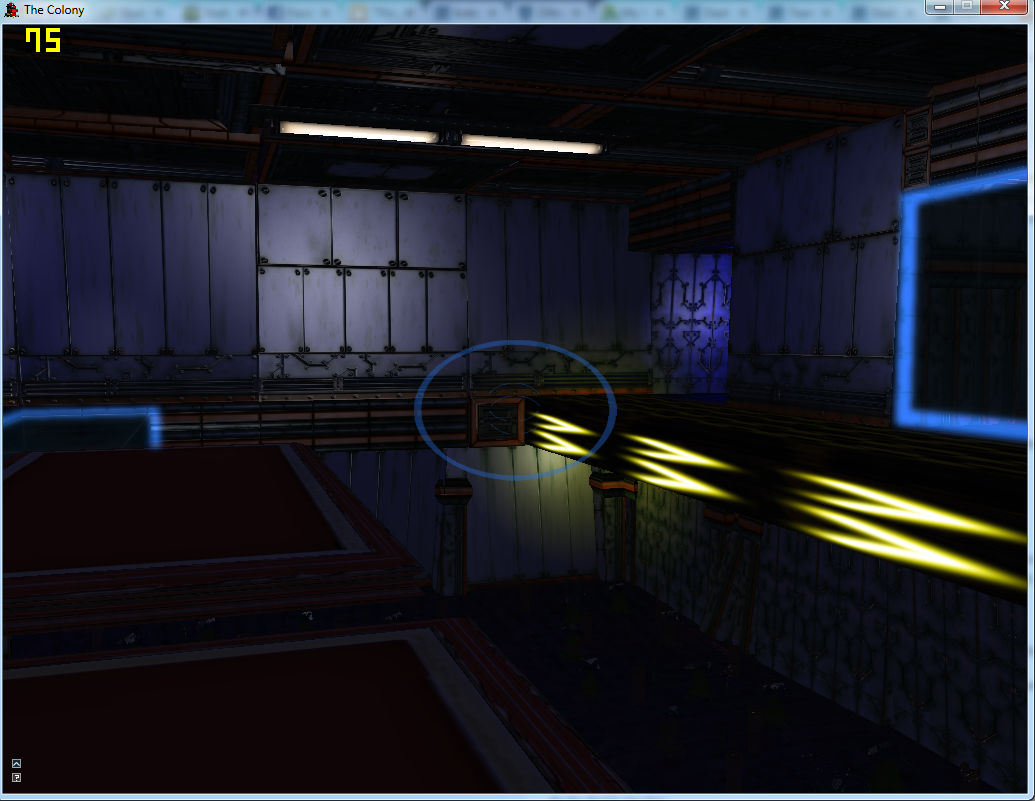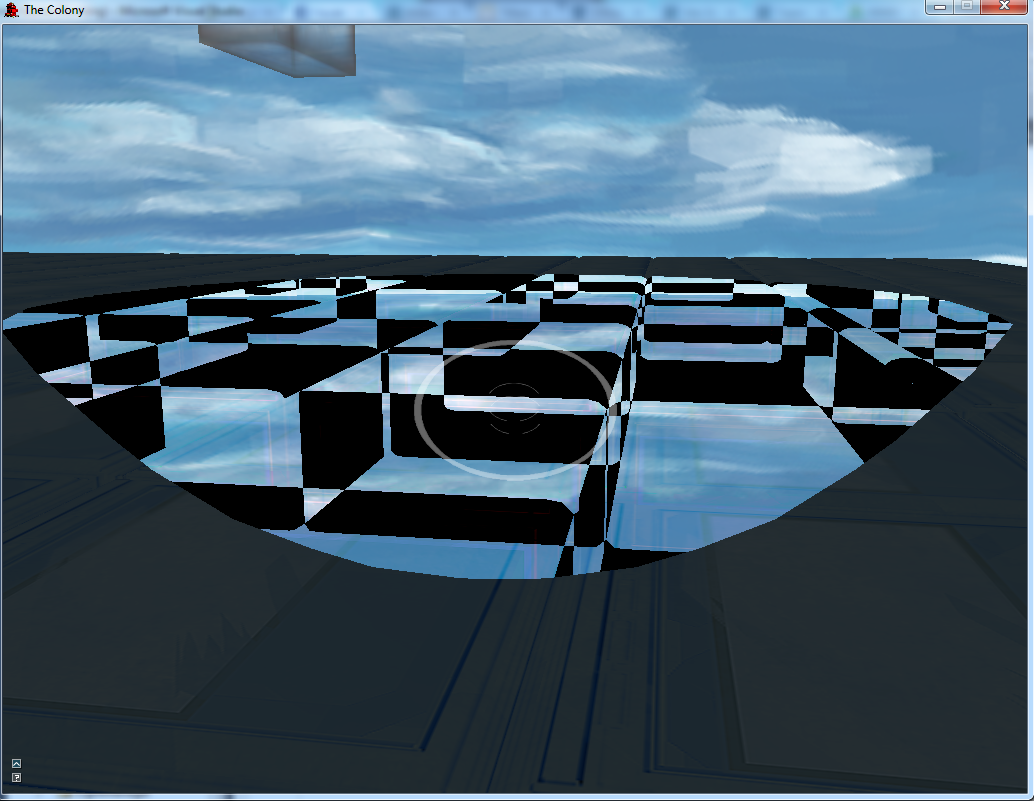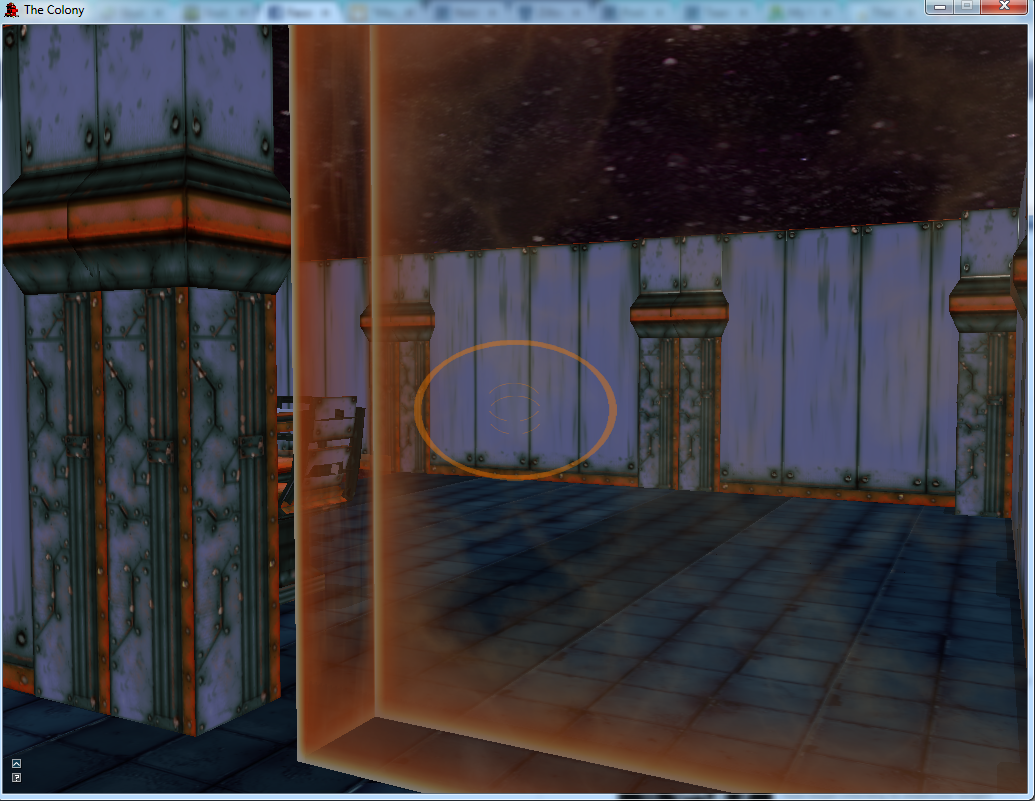So, I decided to use my 3 day weekend productively and played some video games. We are all shocked at my priority management skills, I’m sure. Now that I’m done with it, I have a few thoughts on Heavy Rain that I thought I’d share. Also, this seemed as good a time as any to test out the Facebook integration features I just set up. So, hopefully that works.
I enjoyed Heavy Rain a lot more than I thought I would. I went in without any prior knowledge; I hadn’t looked at any videos or screenshots, I hadn’t read any reviews, I didn’t even know what kind of game it was. All I knew was that it was set around a crime. And I think my experience with the game was much better off for it. If you have the ability, I highly suggest doing the same.
In ways, this game is very similar to Telltale’s The Walking Dead. They’re both interactive dramas, they both offer an engaging story that puts emotional hooks into the player, they both provide staggering amounts of choice to the player, and they both create the illusion that the choices given to the player are more impactful than they are. However, despite the obvious difference of graphical direction and fidelity, the biggest difference to me is that Heavy Rain seems a lot more dynamic than The Walking Dead in those choices. Even after playing through once, I still get the sense that any character could have lived or died at any moment. My best guess is that you still have certain “checkpoints” that every play through has to pass through, but there are many ways to get to them that can vary up the story dramatically. And that’s very cool and what takes a game that could easily be a single play through experience and makes me want to play it again (and possibly again, and again).
However, I do have to bring up something that really bothered me. While there are some small plot holes and glitches here and there in an otherwise near flawless execution, the casting of Paco was just ridiculous. Here’s a screen capture of Paco.

Paco is supposed to be a Hispanic guy and has a very thick accent. He’s a pretty heavy stereotype actually. And Heavy Rain is a game that takes visual fidelity and photorealism very seriously. So, why oh why did this happen? Honestly, can someone tell me what happened here? Do French people not know what this guy should have looked like? I would love to know.
Anyway, despite the Paco debacle, I highly suggest Heavy Rain if you get the chance to play it. It is definitely the current pinnacle of interactive storytelling. And if you’re reading this on Facebook, that’s awesome that I got everything setup but I’m sorry for this long winded post that most of you likely don’t care about.







